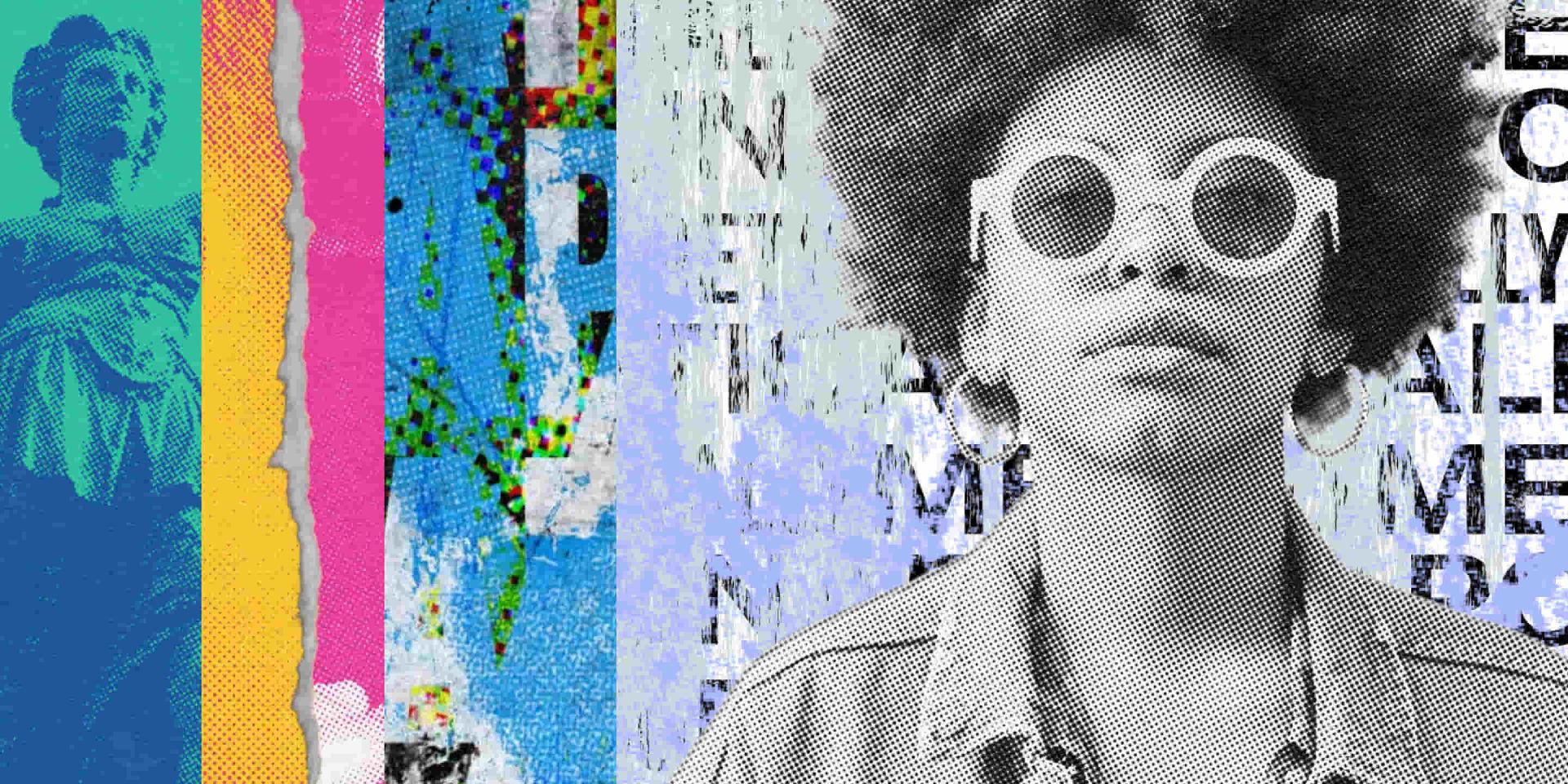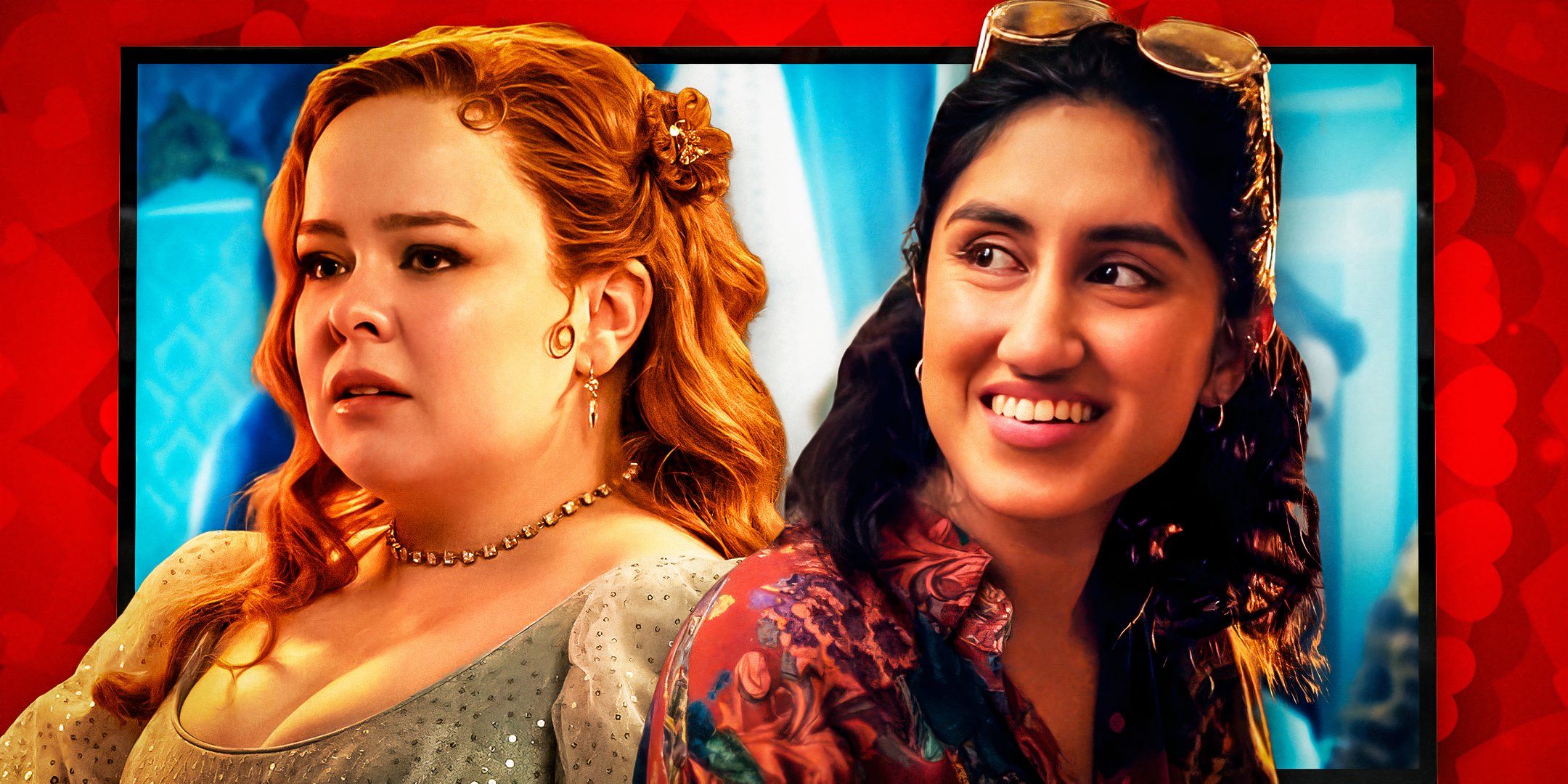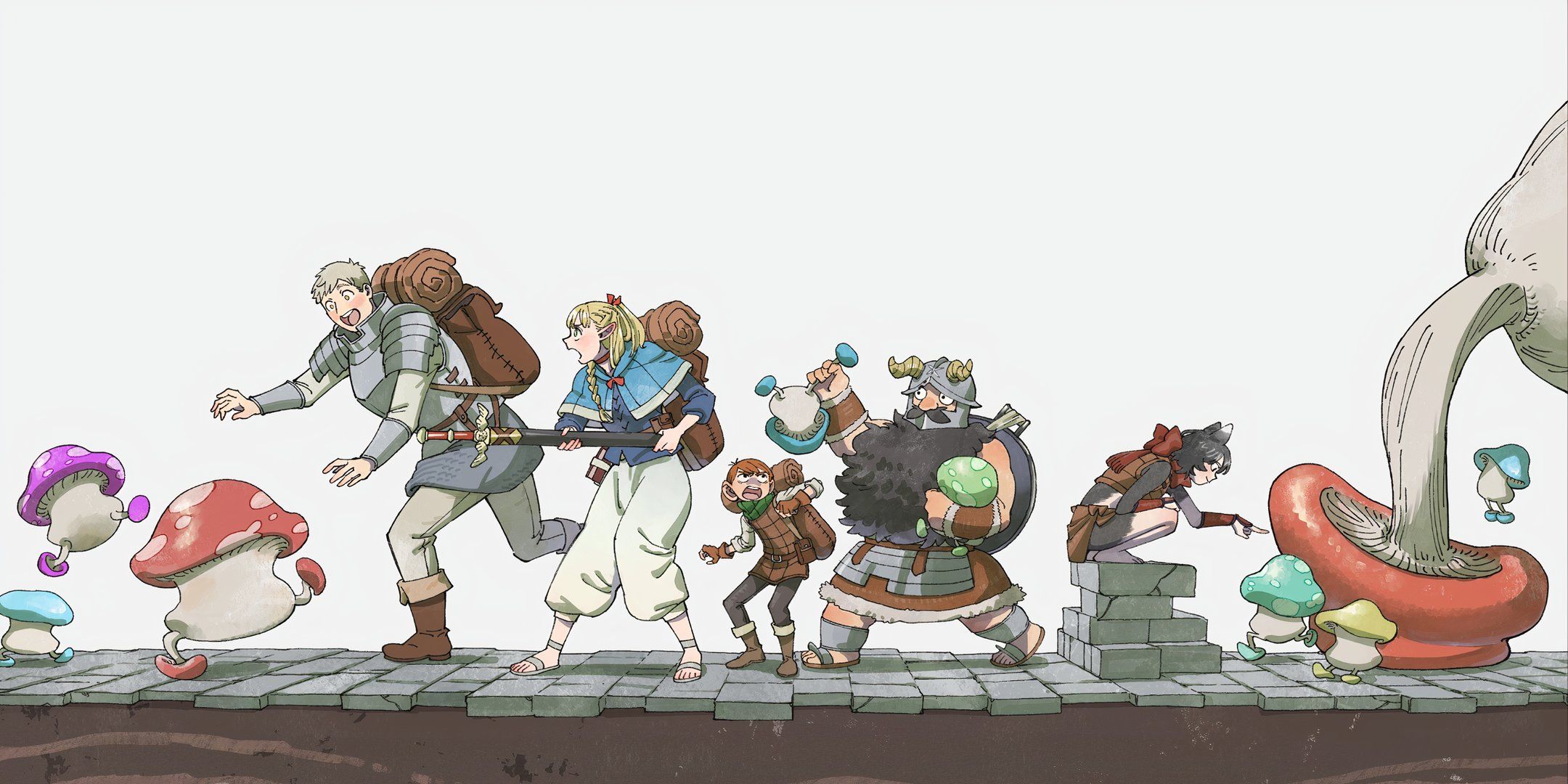Twitter is reportedly testing emoji reactions similar to Facebook’s reaction options. Confirmed by official statements and tweets, the short-form social media platform may add the new feature sometime in the future but it is not certain that the feature will end up being rolled out. The idea echoes the platform’s other tests for incorporating successful features from other platforms.
Over recent months, Twitter has teased potential features that aim to improve the user experience on the platform. Most notably, the platform appears to have been testing an ‘undo tweet’ button, which would work in a similar way to the ‘undo send’ functionality of Google’s Gmail email service. Twitter has also explored the possibility of a subscription-based system for content creators, allocating premium content for paying followers.
Now, as reported by TechCrunch, Twitter might expand how users react on the platform. Currently, Twitter users can only comment, retweet, and like tweets. Twitter’s latest idea will focus on the like feature. Instead of just one reaction, the platform might allow users to give emoji reactions, in the same way that Facebook allows its users to add custom reactions to posts. The report originates from a set of survey questions asking about the best emojis for such a feature. One such set includes a heart, laughter, thinking, crying, shock, a thumbs up, and a thumbs down. Twitter chief design officer Dantley Davis has also confirmed that more information on the upcoming feature should come soon.
Twitter Emoji Reactions: Good Or Bad?

Although most of Twitter’s past new feature ideas have been well-received over the past months, like the proposed ‘Safety Mode’ intended to protect users from abusive and spam accounts, an emoji reaction wheel might fall under the opposite category. Of course, emoji reactions will increase potential interactions on the platform, but doing so will potentially increase social media anxiety for users. Worrying about which reactions a specific tweet will get can cause aversion to social media engagement. It’s for this reason that Instagram is considering hiding the like counts for posts on its platform. An emoji palette could also clutter Twitter’s relatively clean interface and over-complicate the user experience.
On the other hand, emoji reactions would offer more ways for Twitter users to interact with their favorite content creators and other accounts without feeling the need to actually reply to a tweet. With only the current like system, users are limited to only one reaction and a reply. These additional reactions, in turn, could be factored into Twitter’s algorithm for how it serves content to users. For creators, meanwhile, it could drive more varied engagement for their content, which is what Twitter has appeared keen to do with some of its other planned features like newsletters.



